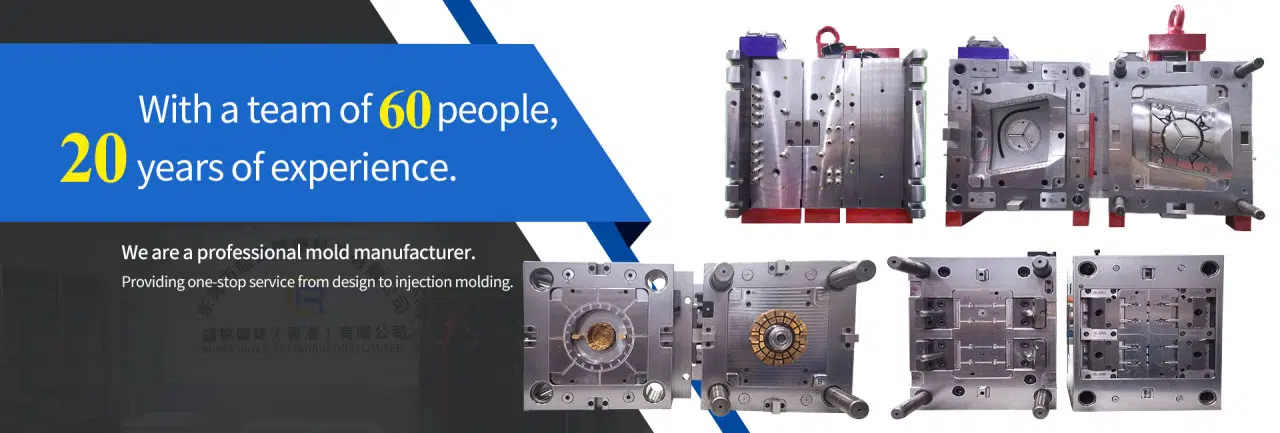
# Rapid Prototyping: Accelerating Innovation in Product Development
## Introduction to Rapid Prototyping
Rapid prototyping has revolutionized the way products are developed across industries. This innovative approach allows designers and engineers to quickly create physical models of their concepts, enabling faster iteration and refinement of ideas. By significantly reducing the time between conceptualization and physical realization, rapid prototyping has become an indispensable tool in modern product development.
## The Core Technologies Behind Rapid Prototyping
Several cutting-edge technologies form the foundation of rapid prototyping:
3D Printing
Additive manufacturing, commonly known as 3D printing, is perhaps the most widely recognized rapid prototyping technology. It builds objects layer by layer from digital models using various materials including plastics, resins, and even metals.
CNC Machining
Computer Numerical Control (CNC) machining offers high-precision prototyping by subtracting material from solid blocks. This method is particularly valuable for creating functional prototypes that require specific material properties.
Laser Cutting
Ideal for creating flat or layered prototypes, laser cutting provides exceptional precision for sheet materials like wood, acrylic, and metal.
## Benefits of Rapid Prototyping in Product Development
The advantages of incorporating rapid prototyping into product development cycles are numerous:
- Faster Time-to-Market: Prototypes can be produced in hours or days rather than weeks
- Cost Reduction: Identifies design flaws early, preventing expensive modifications later
- Improved Communication: Physical models facilitate better understanding among team members and stakeholders
- Enhanced Creativity: Encourages experimentation with multiple design iterations
- Customization Potential: Enables easy adaptation of designs to specific user needs
Keyword: Rapid Prototyping
## Applications Across Industries
Medical Field
Rapid prototyping has transformed medical device development and surgical planning, allowing for patient-specific solutions and improved outcomes.
Automotive Sector
Car manufacturers utilize rapid prototyping for everything from concept models to functional component testing, accelerating innovation cycles.
Consumer Electronics
The fast-paced electronics industry relies on rapid prototyping to test form factors, ergonomics, and assembly processes before mass production.
## The Future of Rapid Prototyping
As technologies continue to advance, rapid prototyping is poised to become even more accessible and sophisticated. Emerging trends include:
- Integration of artificial intelligence for automated design optimization
- Development of new materials with enhanced properties
- Increased speed and resolution of printing technologies
- Expansion of multi-material and hybrid prototyping systems
## Conclusion
Rapid prototyping has fundamentally changed the landscape of product development, offering unprecedented speed and flexibility in bringing ideas to life. By enabling faster iteration, reducing costs, and fostering innovation, this technology continues to push the boundaries of what’s possible in design and manufacturing. As the tools and materials evolve, rapid prototyping will undoubtedly play an even greater role in shaping the products of tomorrow.